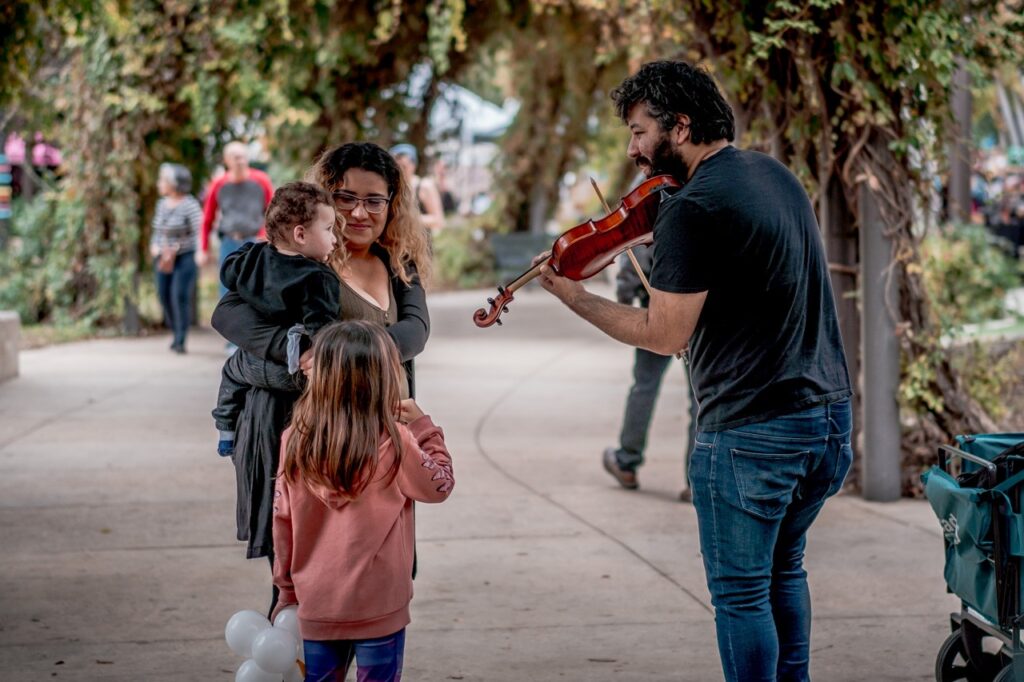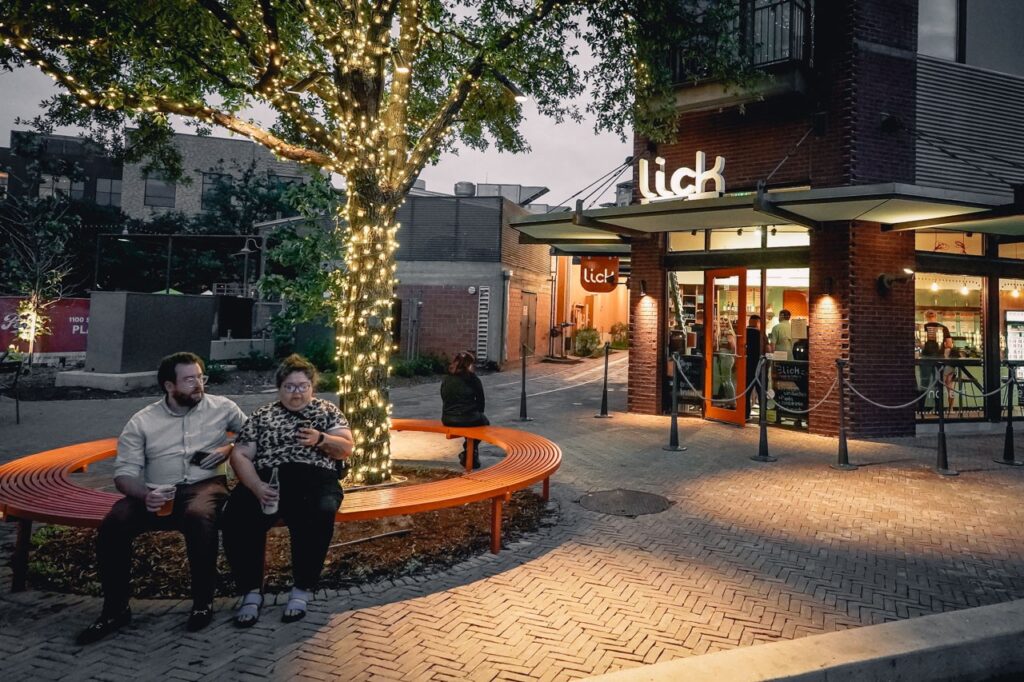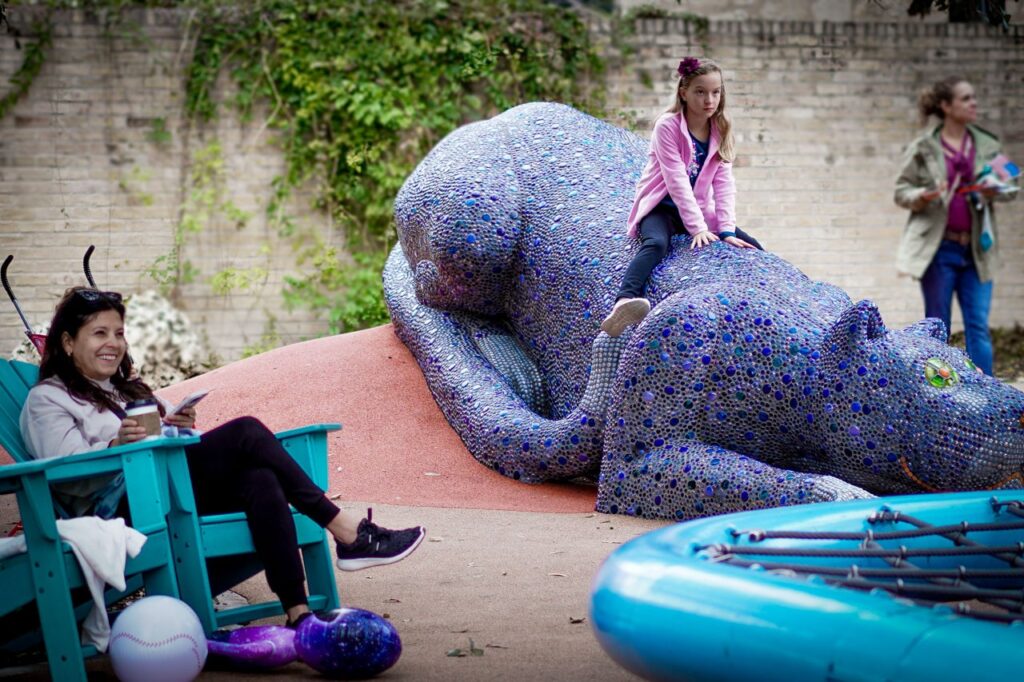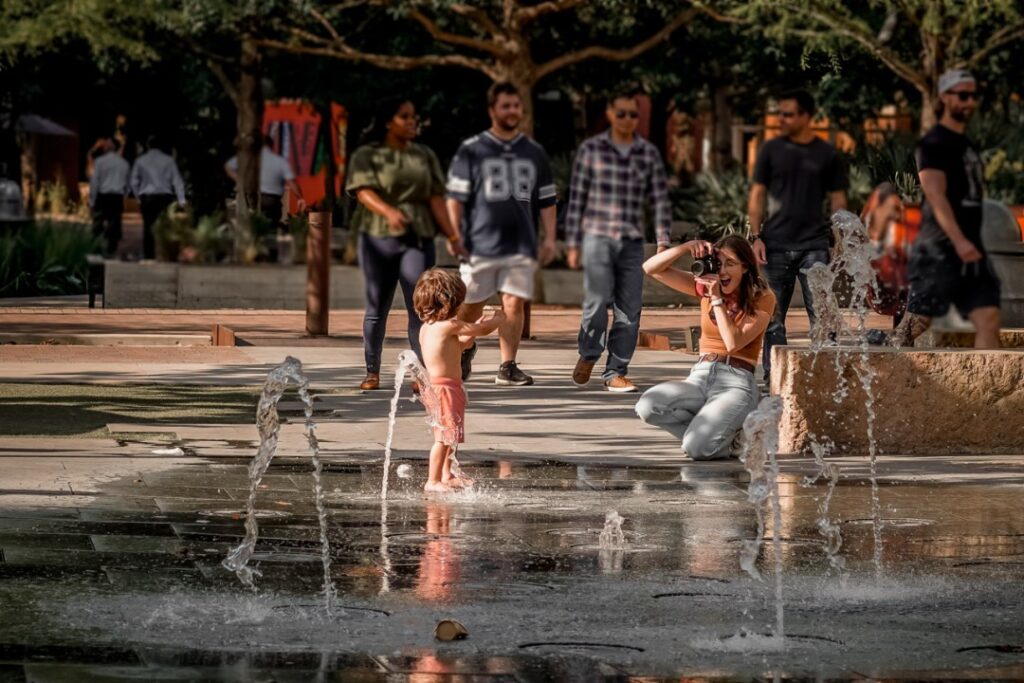The character and accessibility of our urban spaces profoundly influence both individuals and communities. Emerging research consistently supports this: residents with a deep connection to their locale are more inclined to contribute their resources and efforts. People gravitate towards areas perceived as friendly, appealing, and dynamic. To boil it down to its essence, high performing habitats = high performing cities.
But the creation of such thriving human habitats is a complex task. Crafting an exceptional downtown area is a challenging endeavor, seldom achieved even with top-notch designers and planners focusing on urban landscapes. While the disciplines of urban planning and design have advanced in envisioning ideal downtowns, actualizing these visions remains a hurdle.

Urban planners and designers often overlook decades of research in human-centric urban design and environmental design, crucial for developing lively and healthy spaces. I implore planners and designers to join me in making better use of this research – blending its insights with our own creativity and community ideas.
My placemaking methods are adapted to each location’s unique context, yet some fundamental components include:
The Program: A program identifies and develops a mix of key attractions and daily activities to enliven a space, tailored for specific groups and the broader public. We seek synergies between these activities to create a bustling, social environment.
Stickiness: Behavioral studies and simple observation reveal that people interact with their surroundings based on available functions – for example, a bench for sitting, a store window for looking inside, an open door that invites us in to shop. We strategically group these ‘affordances’ to naturally draw people into using a space. A combination of a play fountain, adjacent seating with shade, some food and beverage, and some public art … these clustered elements create a micro-world that invites us to linger. This is what makes a space ‘sticky’ – a place people repeatedly visit due to its rich offerings and detailed ambiance.

Flow: The placement of affordances and activities is most effective along natural pedestrian pathways. Introducing new focal points can redirect these pathways if they are sufficiently attractive. Choreographing these gravitational patterns is a natural way to work with larger spaces and districts.
Comfort: Factors like safety, management, availability of food and restrooms, and climate control contribute to a space’s comfort. For instance, the well-maintained public restrooms in Bryant Park, New York, with daily fresh flowers, are a prime example of creating a welcoming environment.
Explorability: This encompasses elements like legibility, art, unexpected delights, and architectural intrigue that define perceptions of places and motivates a person to keep going. Wayfinding is secondary – it cannot make an uninteresting environment explorable, but it can certainly make an explorable environment more user-friendly.

Adoptability: When the community adopts your place as their own, you’ve crossed into truly successful placemaking. Encourage your community to use the space in myriad ways, as individuals and in groups. They will respond, they will love the place, and make it the heart of their community.
Ultimately, the real measure of success lies in fostering vibrant social interactions, fundamental to all other desired outcomes. It’s about maximizing our investments for the health and cultural enrichment of our communities.
*All photos by the author
*Read the blog at philmyrick.com/blog


